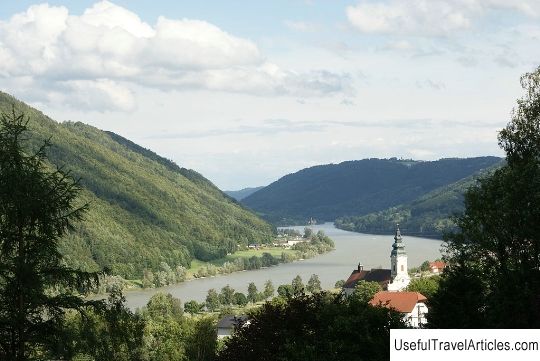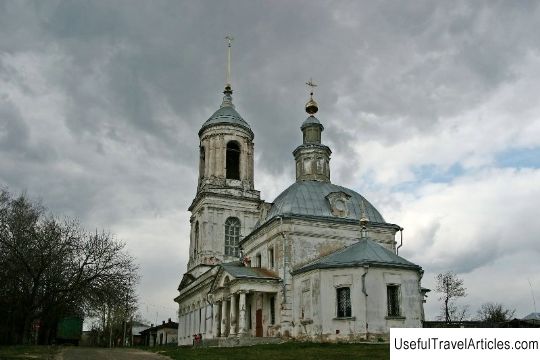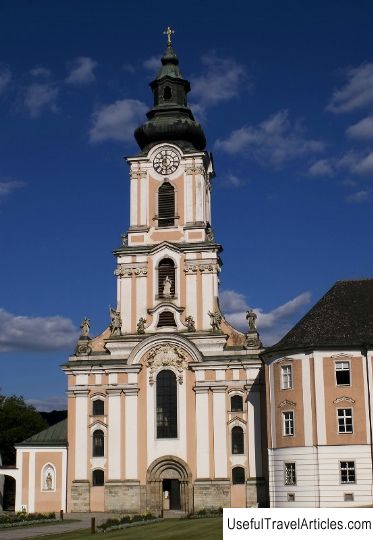Monastery Reichersberg (Stift Reichersberg) description and photos - Austria: Upper Austria
Rating: 8,2/10 (1233 votes) 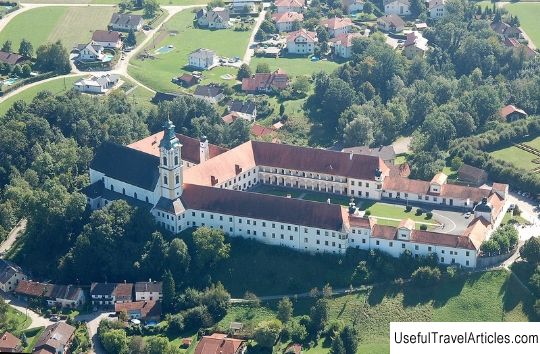
Reichersberg Monastery (Stift Reichersberg) description and photos - Austria: Upper Austria. Detailed information about the attraction. Description, photographs and a map showing the nearest significant objects. The title in English is Stift Reichersberg. Photo and descriptionThe Augustine Abbey of Reichersberg stands on the Inn River in the city of the same name in the federal state of Upper Austria. It was founded in 1084 by the noble couple von Reichersberg. Wilhelm and Dietburg von Reichersberg handed over their castle to the Augustinian monks after a sad loss - their only son Gebhard died very young due to a hunting accident. Archangel Michael was chosen as the patron saint of the monastery. However, the first mention of Reichersberg Abbey appeared only in the middle of the 12th century. Despite the fact that geographically the abbey belonged to the diocese of Passau, in fact it belonged to the diocese of Salzburg. Archbishop of Salzburg Konrad I, who does not tolerate licentiousness and corruption among the clergy, appointed his associate, Gerhoch, abbot of Reichersberg Abbey. Pursuing a profitable economic policy, the new abbot contributed to the flourishing of the abbey. Gerhoch was also an outstanding theologian - in 1144-1148 he compiled commentaries on the Psalms, and in 1162 he worked on a work dedicated to the Antichrist. Gerhoch was the abbot of the monastery for about 37 years - from 1132 to 1169, and for the next 6 years the abbey was ruled by his brother Arno, also a renowned theologian. The Archbishop of Salzburg provided the monastery with large territories, including herding lands, located at the very border with Hungary. In the middle of the 16th century, the famous master Ulrik Lufftenecker began to teach at the Reichersberg Abbey, who taught novices to choral singing. To this day, 4 printed songbooks of that time have survived. The original building of the monastery was made in the Romanesque style and therefore was relatively small. In 1624 it was badly damaged by fire and was rebuilt in the Baroque style. In this form, the Reichersberg Abbey has survived to this day. In 1638, an organ appeared in the cathedral, but in 1774 the tower in which it was installed was destroyed. The modern organ appeared in 1883. In the outer courtyard of the monastery, a marble fountain was erected with a crowning statue of the patron saint of the abbey, the Archangel Michael. In 1778-1779, the walls of the cathedral were painted by the Munich court painter Christian Wink. The monastery houses various paintings by other Baroque masters, including the famous 17th century Italian painter Giovanni Batista Carlone. In 1779, the Reichersberg Abbey passed to Austria and therefore avoided the secularization that the Bavarian monasteries underwent. However, during the Napoleonic Wars, the monastery was on the verge of losing its independence, and only in 1817 began to function normally. During the Second World War, the monastery housed a flight school, but the monastery itself was not closed. Reichersberg Abbey is now an important cultural center of the federal state of Upper Austria. The monastery houses an extensive library with about 55 thousand volumes. The monastery is also famous for its collection of religious art. Moreover, since 1920, the previously unknown painting by Peter Paul Rubens "The Beating of the Babies" was in temporary use in the abbey.    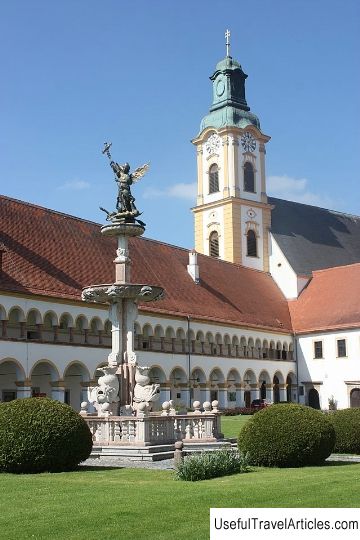    We also recommend reading Botanical Gardens of Victoria (Botanical Garden) description and photos - Seychelles: Victoria Topic: Monastery Reichersberg (Stift Reichersberg) description and photos - Austria: Upper Austria. |


